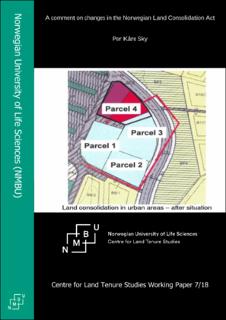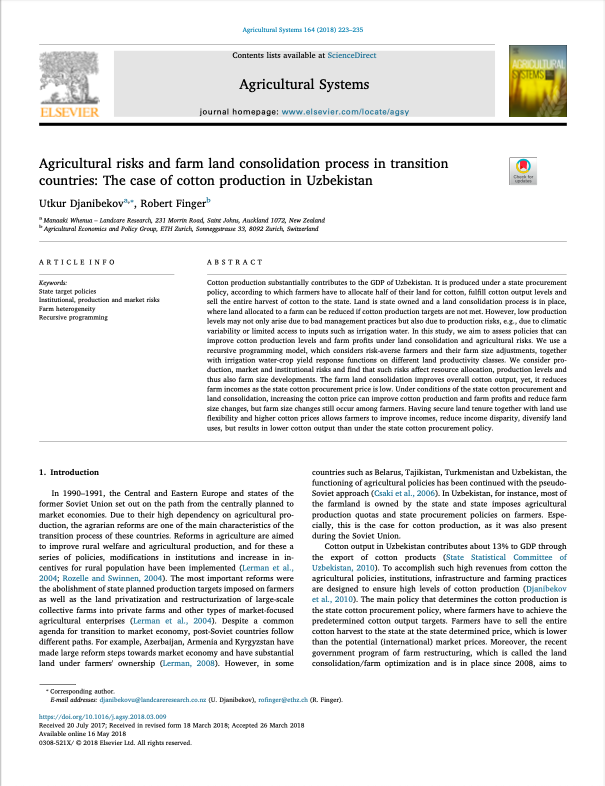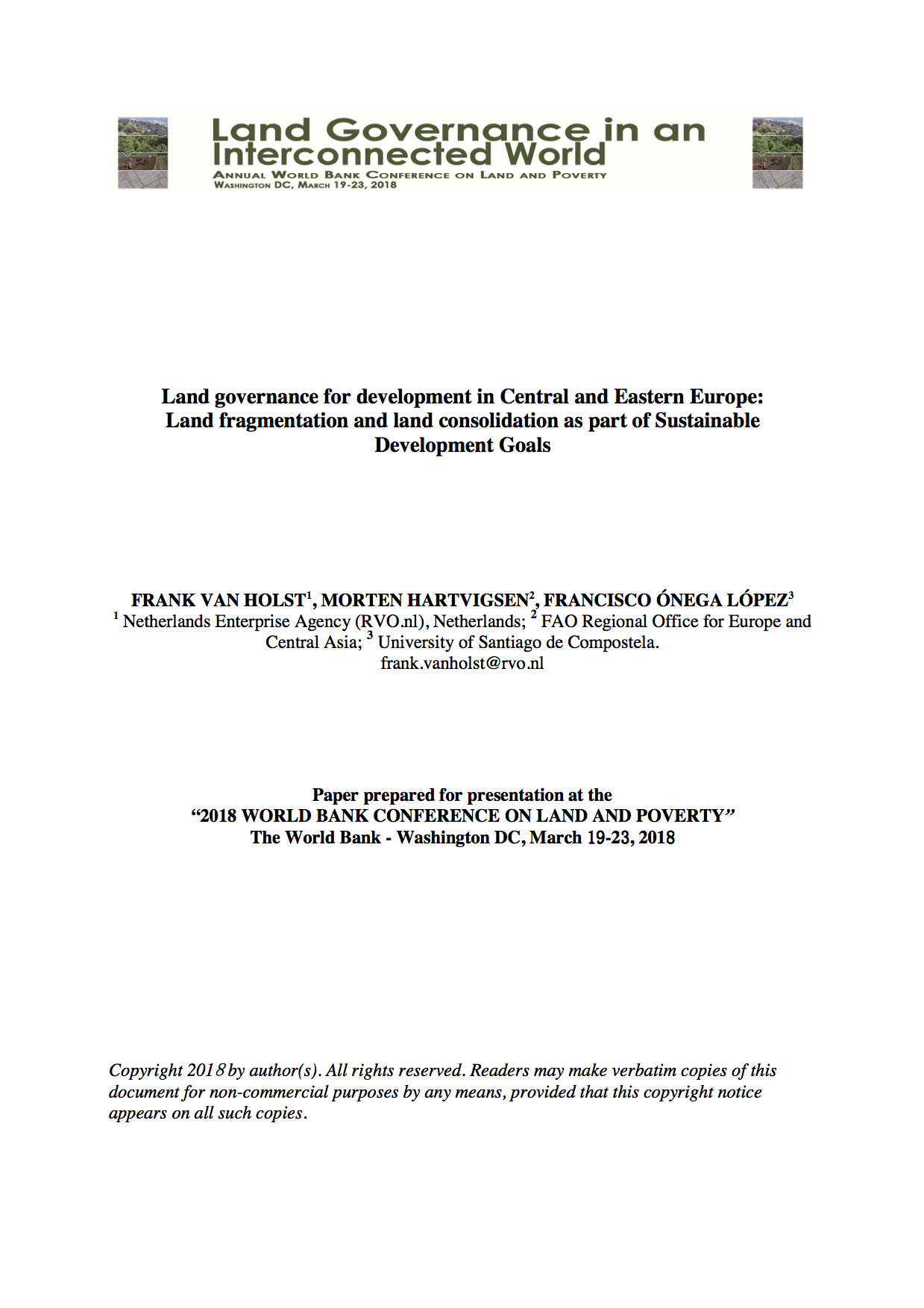A comment on changes in the Norwegian Land Consolidation Act
The Land Consolidation Act has recently been revised. The changes came
into force on 1 July 2006 and 1 January 2007. The main changes in the Act are that
the land consolidation court now has formal jurisdiction to handle land consolidation
cases for all types of properties independent of location, unless particular cases are
specifically removed from the court's jurisdiction in the Act. The Act provides for
two new types of land consolidation cases in Section 2. The paper analyzes these
different revisions.






